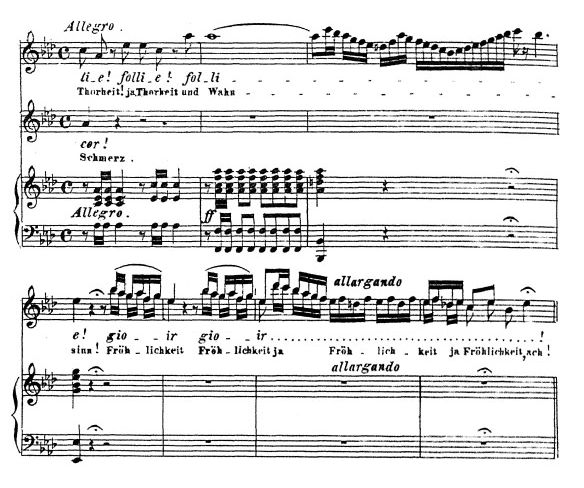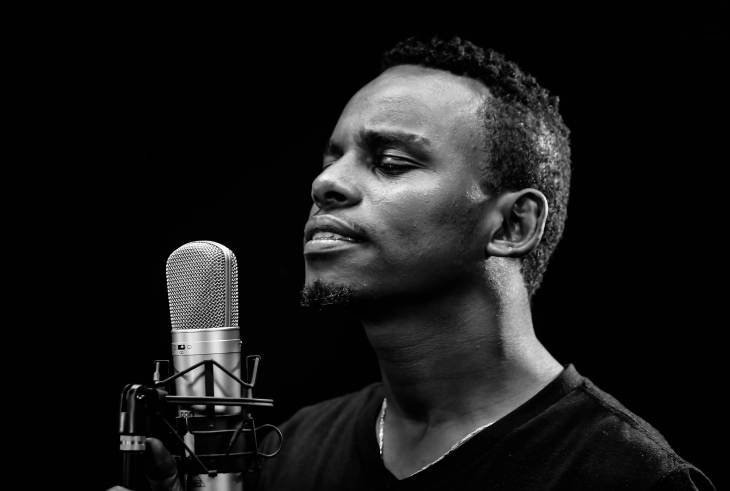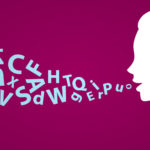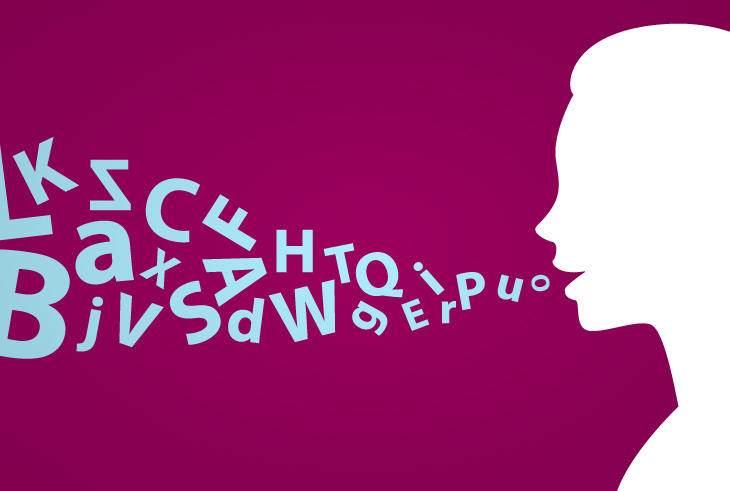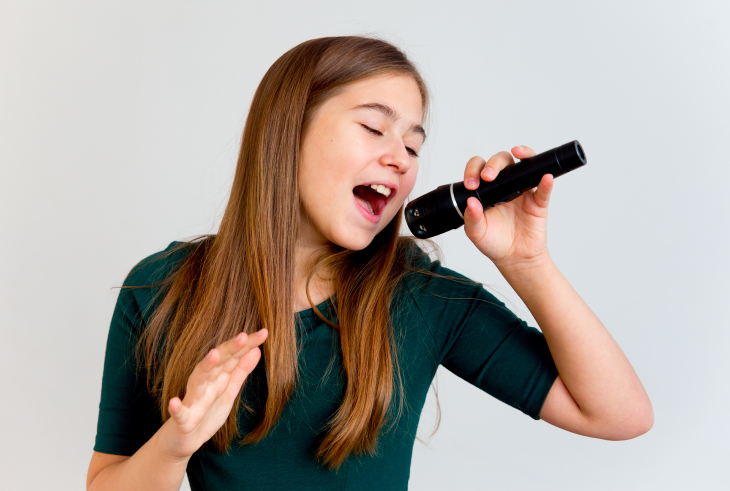
“Falsetto Voice Is For Girls”
A common myth is that only women have a falsetto voice, or that men should not use this voice due to its so-called “feminine” qualities.
But in truth, all people have a falsetto voice. And even more, all people should sing in this voice because of its importance as “half the voice.”
What is it?
Falsetto is also called “head” voice because when we sing in it the vibrations might be felt in the face or head. All people have a head voice and a chest voice. Lately we also refer to these voices as being light and heavy because of the way they feel and sound when we use them.
The falsetto/head/light voice is actually a texture of sound that is created when the stretching muscles (crico-thyroid muscles) are active, either on their own or in some sort of dominant coordination with the closer muscles (arytenoid muscles). You can find it by singing fully from the regular voice at the bottom (chest), singing up in a slide until the voice breaks or yodels or flips into a lighter voice.
When we work to improve it, the falsetto develops and coordinates with the chest voice. When that happens we get the “full voice” – both muscles balanced and working together.
The falsetto is responsible for allowing us to sing higher and lower because it regulates pitch. Without falsetto, then we absolutely cannot sing on pitch properly, nor can we have a true full voice that is balanced and healthy.
Falsetto is for all people. And men do use it a lot in popular music. But regardless of whether you use it as an obvious color in your singing, it needs to be healthy and coordinated for the whole voice to emerge.
about the author
Allen Rascoe Allen has been enjoying singing since he was a little kid. He officially studied voice at ECU and USC. However, he ran... Read More

RECENT ARTICLES
-

Career Your Opportunities for a Fulfilling Career in Singing
-

Basic Skills, Beginners, Tips Tips To Improve Your Singing Voice
-

Exercises, Warmups 10 Vocal Warm-ups to Change the Way You Sing
-

Basic Skills, Beginners, Exercises, Songs, Voice Teachers, Warmups What is My Vocal Range – Identify, Master and Expand Your Range
RECENT IN KNOWLEDGE
Recent Topics
- Beginning Voice Lessons (1)
- Breathing Techniques (1)
- Confidence (1)
- Experienced Teacher (1)
- Kids Singing Lessons (1)
- Musical Career (1)
- Practice (1)
- Private Lessons (1)
- Professional Singer (2)
- Sing (1)
- Singing Teachers (2)
- Style (1)
- Teach Online (1)
- Vocal Exercises (1)
- Vocal Health (1)
- Vocal Music (1)
- Vocal Pitch (3)
- Vocal Range (4)
- Voice Coach (1)
- Voice Exercises (2)
- Voice Training (4)
- Young Vocalist (1)
Categories
- Basic Skills (7)
- Beginners (8)
- Career (2)
- CCM (1)
- Contemporary Commercial Music (1)
- Crossing Over (1)
- Exercises (2)
- Online Lessons (3)
- Online Voice Lessons (1)
- Songs (2)
- Students (6)
- Tips (4)
- Vocal Coaches (1)
- Voice Teachers (2)
- Warmups (2)
Testimonials




